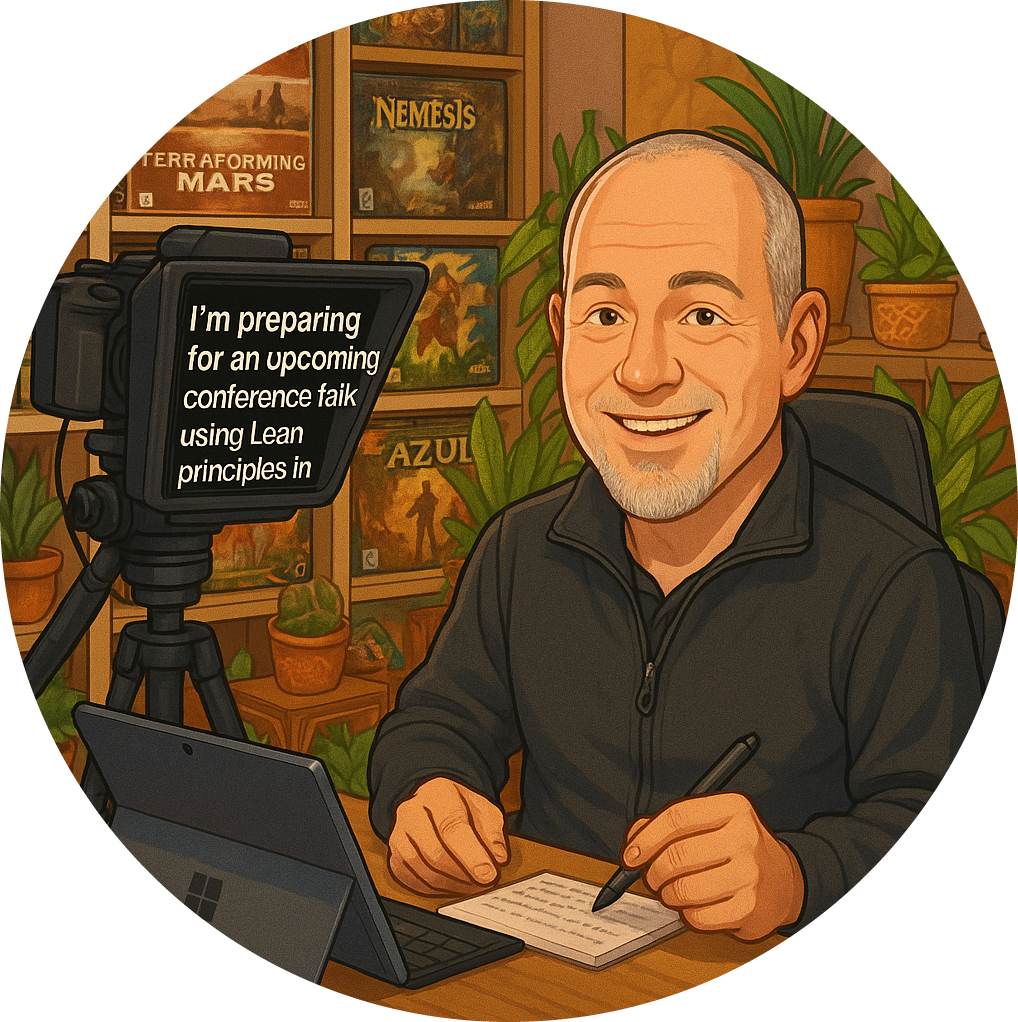As a Product Owner , I often find myself reflecting on the immense responsibility that comes with the role. It’s not just about managing a backlog or prioritising tasks; it’s about being accountable for spending the money wisely. This accountability is a cornerstone of effective product ownership, and it’s something I take very seriously.
The Power of Prioritisation
Even if your influence over the product backlog feels limited—perhaps you can’t delete items or add new ones—you still wield significant power through prioritisation. Here’s why this matters:
Budget Control: By ordering the product backlog, you’re essentially controlling the budget. Each decision you make about what to deliver and when directly impacts the financial resources of the project. This means you need to be strategic and thoughtful about your choices.
Value Delivery : Your role is to ensure that the team delivers the most valuable features first. This requires a deep understanding of both the market and the needs of your stakeholders. It’s about aligning the product’s development with business goals and customer expectations.
Stakeholder Engagement: As a Product Owner, you are the bridge between the development team and stakeholders. Your ability to communicate the rationale behind prioritisation decisions is crucial. It fosters trust and ensures everyone is on the same page regarding the product’s direction.
Real-World Relevance
In my experience, I’ve seen how effective prioritisation can transform a project. For instance, in one of my previous roles, we faced a tight budget and a long list of desired features. By carefully analysing the potential return on investment for each feature, we were able to focus on delivering the most impactful functionalities first. This not only maximised our budget but also kept stakeholders engaged and satisfied with the progress.
Recommendations for Product Owners
If you find yourself in a similar position, here are a few recommendations to enhance your effectiveness as a Product Owner:
Understand Your Users: Invest time in understanding the needs and pain points of your users. This insight will guide your prioritisation and help you make informed decisions about what to deliver next.
Collaborate with Your Team: Engage with your development team regularly. Their insights can provide valuable context that may influence your prioritisation decisions.
Communicate Clearly: Keep stakeholders informed about your decisions and the reasoning behind them. Transparency builds trust and helps manage expectations.
Be Flexible: The landscape of product development is ever-changing. Be prepared to adapt your priorities based on new information or shifts in the market.
Conclusion
In conclusion, being a Product Owner is about more than just managing a backlog; it’s about being accountable for how we spend our resources. By prioritising effectively, you can ensure that your team delivers maximum value while staying aligned with business objectives. Remember, every decision you make has the potential to shape the product’s success, so approach your role with the seriousness it deserves. Embrace the power of prioritisation, and you’ll find yourself not just managing a product, but leading it to success.

























